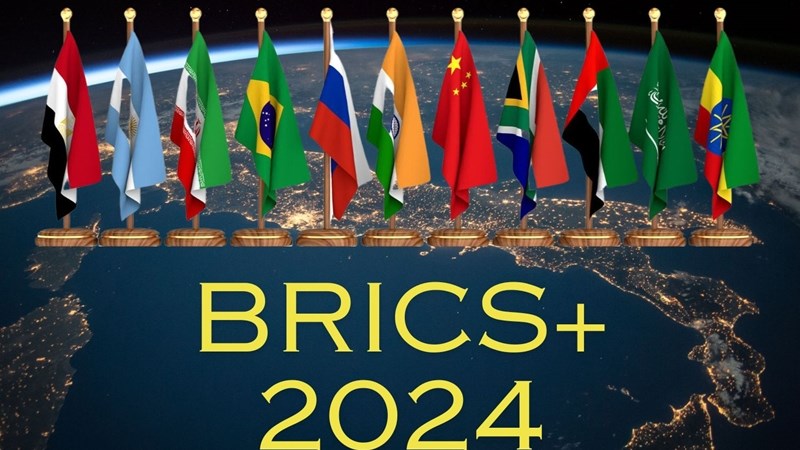Agriculture
What message should SA agriculture take to BRICS+ summit?─── 08:00 Mon, 07 Oct 2024

“This year, the message is even more urgent as the newly added BRICS+ members also present an opportunity for widening agricultural exports.”
South Africa’s agricultural growth in the first 30 years of the democratic era has been supported, among other things, by two pivotal interventions: a deliberate and concerted strategy to invest in genetics for crops, horticulture, and livestock, and a strong push to expand export markets.
“As production continues to increase, and there remains capacity for expanding production, these two levers must be accelerated,” says Wandile Sihlobo, the chief economist of agricultural business chamber Agbiz.
“The trade issues are not purely economic but political, which means that the South African political leadership must take a clear stand and focus on retaining the existing markets through dialogue with the political leadership of the countries where we continue to experience challenges.”
Very important, in the near term is the upcoming BRICS+ summit, which will take place in the city of Kazan in Russia from 22 to 24 October.
Egypt, Ethiopia, Iran, Saudi Arabia, and the United Arab Emirates officially joined the five original member states Brazil, Russia, India, China and South Africa in 2024. A further 30 nations are being evaluated for potential inclusion, with plans to introduce a new category of BRICS partner countries, a move to diversify and strengthen the association’s multidimensional agenda.
Over 200 different levels and types of events are scheduled throughout Russian cities as part of its chairmanship, leading up to the Kazan Summit.
 Wandile Sihlobo. Photo supplied
Wandile Sihlobo. Photo supplied
“While this grouping is not a trade block, utilising the structure to push more ambitious trade matters is vital. As things stand, South African agriculture has not benefited much from trade with this grouping.”
Before adding other members to the 15th Summit in Johannesburg in 2023, the original BRICS countries accounted, on average, for just 8% of South Africa’s agricultural exports. “For comparison, the UK accounts for roughly 7% of South Africa’s agricultural exports. Yet, between 2019 and 2022, the original BRICS countries’ agricultural imports averaged US$255 billion annually, according to Trade Map data.”
China accounted for 71% of all the agricultural imports into the group, followed by India at 11%, Russia at 11%, Brazil at 4% and South Africa at 3%. “Despite these sizeable agricultural import figures, the intra-BRICS agricultural trade remained relatively low.”
BRICS remains a vital area for South Africa to boost its agricultural exports.
— Wandile Sihlobo (@WandileSihlobo) October 2, 2024
We will work to retain access to other markets.
BRICS will be an addition, not a replacement of existing relationships with other regions that continue to support our sector. pic.twitter.com/D4JzKSy7dK
The products these countries imported include soybeans, beef, maize, berries, wheat, palm oil, poultry meat, cotton, barley, dairy products, pork, apricots and peaches, sugar, wool, sunflower seed, nuts, sorghum, goat meat, wine, grapes, bananas, avocados, mangos, guavas, and fruit juices, among other products.
“South Africa produces some of these products in abundance and has surplus export volumes. This year, the message going to Kazan should focus on building on the spirit of the 2023 Johannesburg Summit, which promoted the dialogue about deeper agricultural trade.
“This year, the message is even more urgent as the newly added BRICS+ members also present an opportunity for widening agricultural exports. The South African authorities should lobby for a more pragmatic approach beyond the high-level talk so businesses can see the full benefit of BRICS+ engagements,” concludes Sihlobo.
OFM Agri cg














